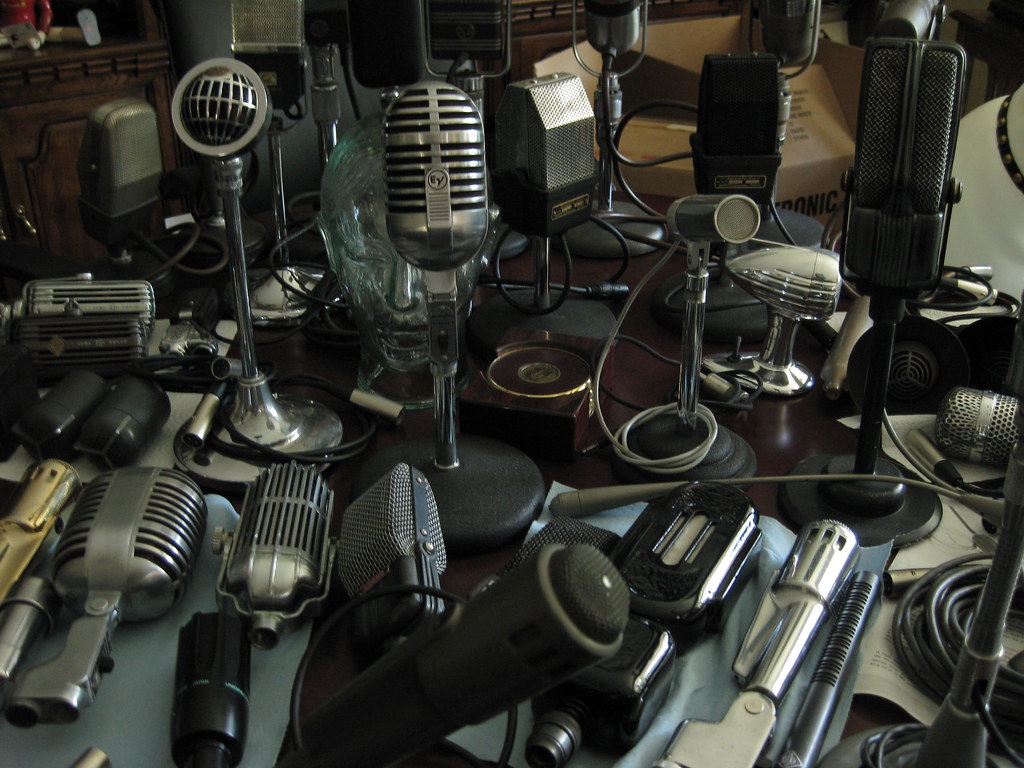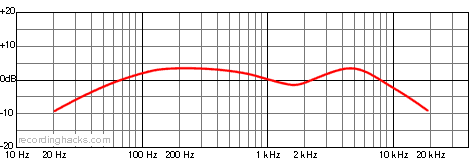
SUMMARY
By March 15th, 2022 as part of School of Rock class, I will learn how to play guitar. By following the House of the Rising Sun guitar lesson https://www.youtube.com/watch?v=hjNnsAY-ijc&t=73s and will have improved my playing of our Session 5 SMART.
Role
Guitarist
Intention (SMART Goal)
By March 15th, 2022 as part of the School of Rock class, I will learn how to play guitar. Following the House of the Rising Sun guitar lesson, https://www.youtube.com/watch?v=hjNnsAY-ijc&t=73s and will have improved my playing of our Session 5 SMART.
PRE-PRODUCTION – INQUIRY
Leader(s) in the Field / Exemplary Work(s)
Niall Horan. I look up to Niall Horan anyways he didn’t make the song I am trying to cover he is a great guitarist and is in One Direction he did the guitar and he sang in the band. He’s really talented in several ways. He’s been doing that for years and his passion for music is really inspirational and makes me wanna learn more and more guitar.
Training Source(s)
2:02 shows chords needed to play the song
5:38 strumming pattern
SMART Goal Schedule
Working on guitar every day for an hour for two weeks 5 days each week, and watching tutorials on Youtube to improve on the guitar.
PRODUCTION
SMART Goal Starting Point Evidence
I’ve been playing guitar mainly at home for at least an hour a day but its a different. The guitar is a bit thinner so easier for me to not mute the strings.
SMART Goal Ending Point Evidence
POST-PRODUCTION – REFLECTION
During this project, I think I have improved a lot over the week. it’s not perfect but it’s an improvement which is growth. This was a fun project. It was difficult in some aspects to find the best video to help and learn the strum pattern and chords.
21st Century Skills
Ways of Thinking (Creativity, Innovation, Critical Thinking, Problem Solving)
During this project, I used my creative side by trying different ways to play the song. I learned how to use guitar tabs and tried different videos. This was my critical thinking as well to try and find the most effective playing strategy.
Ways of Working (Communication & Collaboration)
Throughout this project, my classmate/friend Austin helped me learn how to play this song and how to do the chords correctly. I would often accidentally mute the strings but he helped me hold the guitar differently and mostly not mute the strings.
Tools for Working (Info & Media Literacy)
YouTube:
Guitar tabs on Tiktok:
Ways of Living in the World (Life & Career)
Possibly becoming a guitarist in a band.
Reactions to the Final Version
My dad said it was very impressive and I have improved since when I first started playing guitar.
Self-Evaluation of Final Version
Definitely sounds a lot better than I did in the beginning but still needs improvement. Depending on the guitar I sound better or worse. I need to work on that skill and get used to other guitars.
Grammar and Spelling
I used Grammarly to help me.
Editor
Austin

